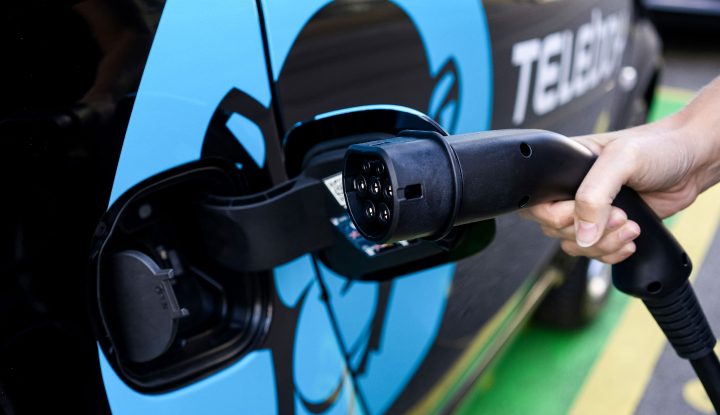home » locations » india » resources » news » iot cybersecurity has become a major concern for industries
IoT Cybersecurity Has Become a Major Concern for Industries
- Agencies & OTAs
- Airline Industry
- Airline Retailing
- Artificial Intelligence
- awards
- Bleisure
- Business Transformation
- Celebration
- Cloud Computing
- Corporate Social Responsibility (CSR)
- COVID Response
- Culture
- Customer Experience
- Customer Testimonial
- Data & Analytics
- Developers & Startups
- Diversity
- Engineers
- Events & Programs
- Hiring
- Hospitality Industry
- Innovation
- Internet Of Things
- Interns
- Interview
- Leadership
- Learning and Development
- Mobility
- NDC
- partnership
- Product Management
- Security
- Service Anniversary
- Strategy
- Sustainability
- Technology
- Technology Transformation
- Testimonials
- Travel Technology
- Traveler Experience
- Web 3.0
- Women in Technology
- Share on Facebook
- Share on Twitter
- Share on LinkedIn
- Print page
Related Resources
-
News

April 8, 2024
Decoding Hiring and Engagement in the Gen Z Era
Hiring and engaging Gen Z talent requires a different approach compared to previous generations. Organisations need to embrace technology, foster a culture of trust and innovation, and offer purpose and flexibility, to appeal to the youngest...
-
Podcast

April 8, 2024
Sabre Spectrum – Ep.13: Role of Cloud in Enhancing Travel Experiences ft. Ravi Reddy
In this episode, Ravi Reddy – Director of Software Engineering at Sabre Hospitality Solutions, discusses the transformative role of cloud technology in the Travel and Hospitality industries.Listen here:
-
Whitepaper

April 2, 2024
Application Performance Analysis
Application performance is critical for any non-trivial business application. In this article, we will discuss the need for application performance analysis and optimization. We will outline the workflow for analyzing an application’s performance, identifying bottlenecks and areas of improvement,...
-
News

March 14, 2024
New Roadmap: Travel with a Low Carbon Footprint
In the ever-evolving landscape of the travel industry, one cannot ignore the shift towards sustainability. What was once considered a ‘nice-to-have’ feature is now transforming into an essential criteria for business travelers. This shift is particularly pronounced, as...
-
News

March 8, 2024
Paving the Road Towards an Inclusive World
While the IT industry offers boundless opportunities for innovation and growth, it also presents formidable hurdles for women. Despite concerted efforts to promote diversity and inclusion, women remain underrepresented in key leadership positions, perpetuating a cycle...
-
News

March 8, 2024
Roundtable: Advancing Women in STEM – Collaborative Solutions for Equity and Inclusion
In a recent virtual roundtable conducted by TheCSRUniverse, leaders and experts from diverse backgrounds converged to address the pressing issue of gender equity in STEM fields. The discussions revolved around strategic collaboration between the STEM sector...
-
News

March 8, 2024
Top 10 Women’s Guide to Being the Boss of Your Business
Women play a huge part in India emerging as a powerhouse of entrepreneurial endeavors is crucial. The reason for that is the blend of opportunities like education provision, access to capital and supportive government policies, with...
-
News

March 7, 2024
Navigating Barriers and Celebrating Achievements
International Women’s Day holds profound significance as a global platform to celebrate the achievements, contributions, and resilience of women worldwide. It serves as a poignant reminder of the ongoing struggle for gender equality and the need...